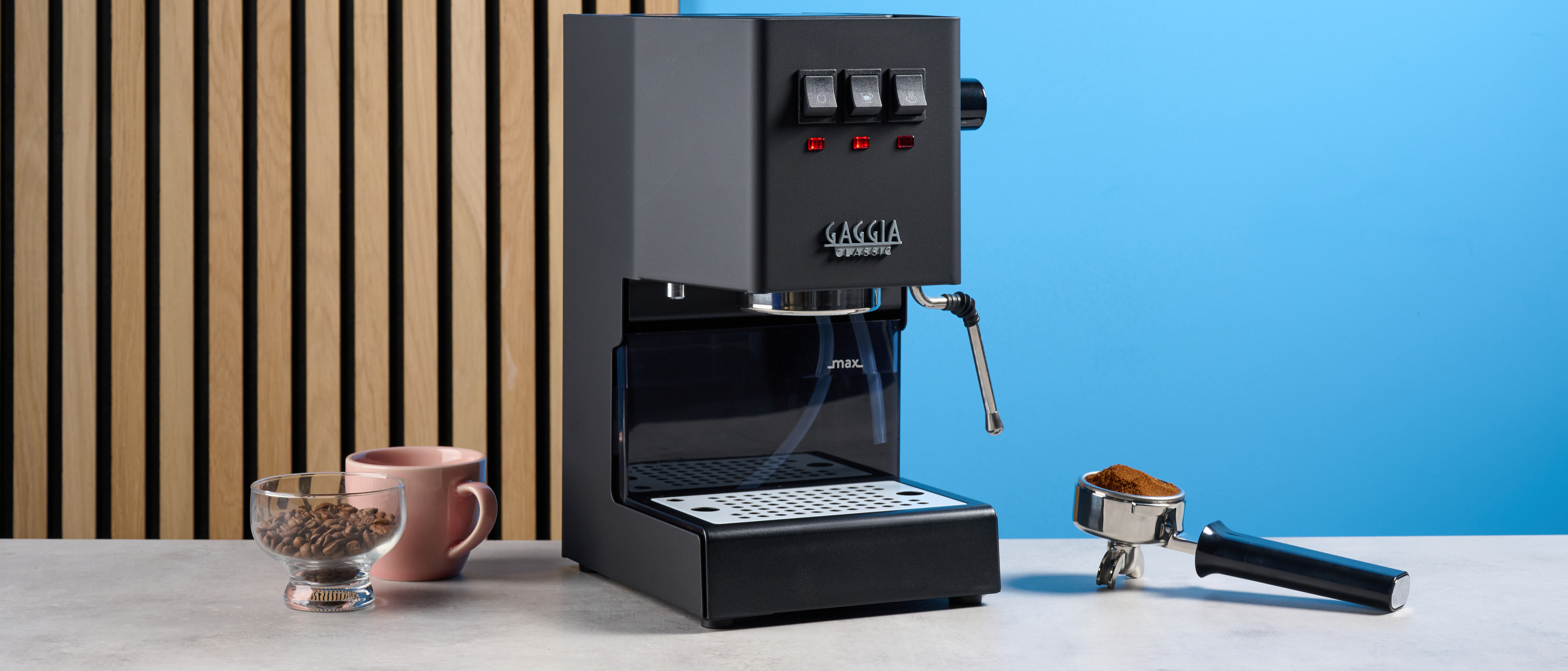Tom's Guide Verdict
The Gaggia Classic E24 Evo Pro is the latest and greatest iteration of Gaggia’s legendary home espresso machine. Its boiler and group are made from brass, while the boiler is 25% larger than previous models — each helping to improve the Classic’s notoriously poor thermal stability. Its heat-up is quick and its steam wand powerful; the tank spacious and easy to fill; and it should last you over a decade with routine maintenance. As good as it is for espresso, though, it ain’t perfect. Without a PID, temperatures still aren’t properly stable; while the only included accessory is a crappy plastic tamp — a difficult pill to swallow given the $500 price tag.
Pros
- +
Makes great espresso
- +
Brass boiler/group increases thermal stability
- +
Quick heat up
- +
Decent steam wand
- +
Very reliable
Cons
- -
No PID, unlike similarly-priced rivals
- -
Few/poor accessories included for the money
Why you can trust Tom's Guide
Before the Gaggia Classic community piles on me for not awarding this machine seven stars from a maximum five: yes, I know the Classic makes good espresso. Yes, I know it will last for years. But those aren’t the only criteria by which we (and you) should judge the best espresso machines. As lovable as it may be, this is not a perfect machine by any stretch of the imagination.
As I said, this latest iteration of Gaggia’s legendary home coffee machine makes wonderful espresso. And better now than ever thanks to a larger brass boiler and brass group head, both improving thermal stability. Its steam wand is powerful and (like every Gaggia Classic) the machine is built to last — no, seriously, I’ve seen reports of these things lasting up to 15 years.
Slightly undermining the E24 Evo Pro’s admirable qualities are some equally frustrating ones. Brass is great, but enthusiasts are still going to want to mod the E24 with a PID, without which temps aren’t truly stable. And for $500 I expect more than a crappy plastic tamp, while some basic accessories wouldn’t go amiss.
Is this machine right for you? As long as you know what you’re in for. Find out more in my full Gaggia Classic E24 Evo Pro review.
Gaggia Classic E24 Evo Pro review: Cheat sheet
- What is it? A single-boiler home espresso machine
- Who is it for? Espresso enthusiasts only making drinks for themselves
- What does it cost? $499 from Amazon U.S. or £549 in the U.K.
- What’s good? The espresso is wonderful, the steamer relatively good, and it’s built to withstand nuclear armageddon
- What isn’t? There’s no PID, so it demands a bit of fiddling, and Gaggia doesn’t include basic accessories
Gaggia Classic E24 Evo Pro review: Specs
Gaggia Classic E24 Evo Pro review: Price & availability

The Gaggia Classic E24 Evo Pro starts at $499 from Amazon in the States or £549 from Amazon U.K., so it’s at the pricey end of the entry-level enthusiast market. However, it’s in line with other similarly-positioned products, such as the thermoblock Breville Bambino Plus ($499) and boiler-fed Rancilio Silvia V6 (which is priced similarly in Europe, but costs a whopping $995 in the U.S. due to import fees and tariffs). In the U.S., if you want a boiler machine, there’s no way I’d be buying the Rancilio over the Gaggia.
The Bambino Plus offers more for your 500 bucks. It features a PID temperature controller, pre-infusion and comes with more accessories, while also making fantastic espresso and milk drinks. The downside is that it uses a thermoblock instead of a steam boiler, which means milk steaming is slower, and it isn’t as well built.
Gaggia Classic E24 Evo Pro review: Design
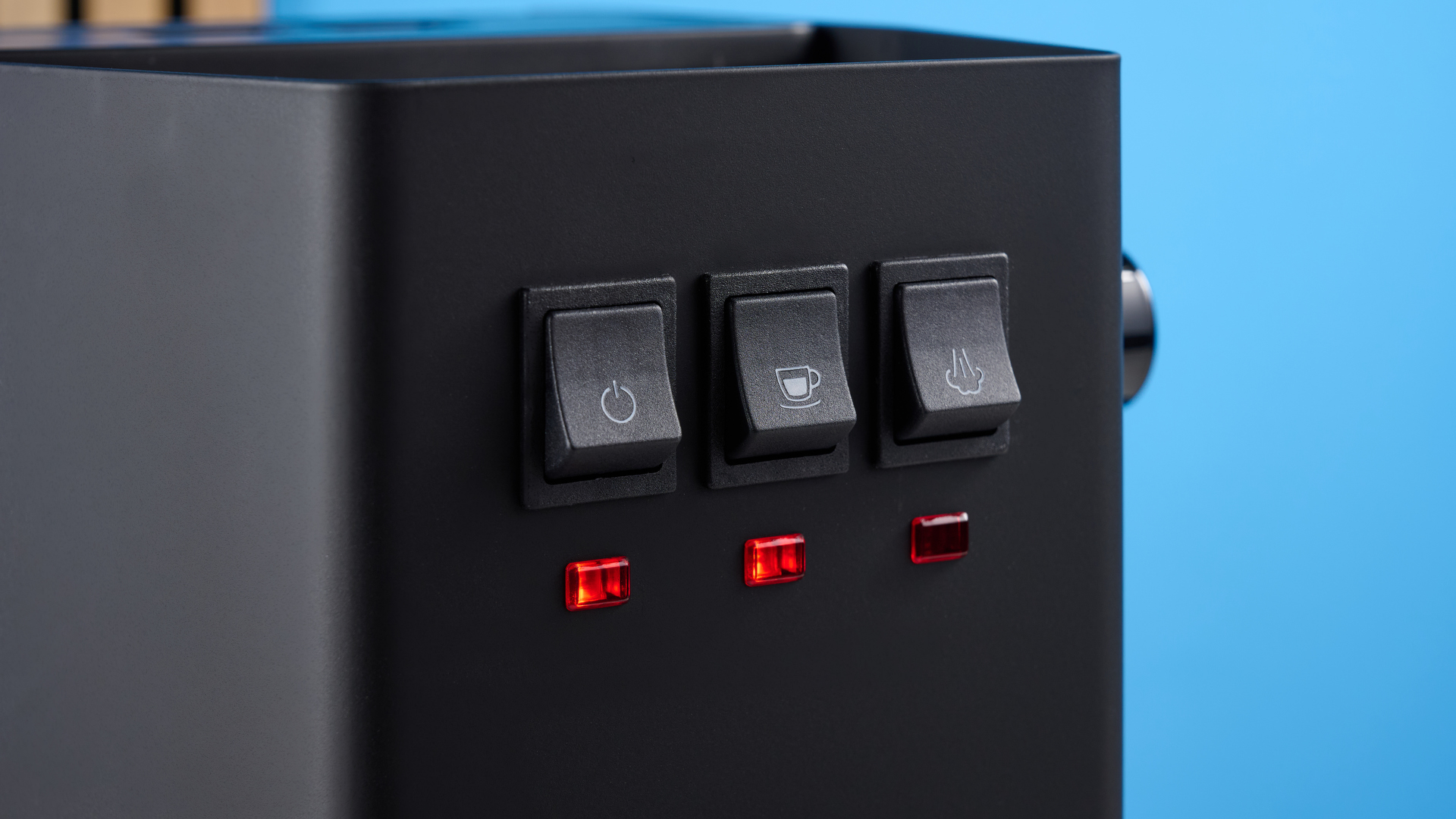
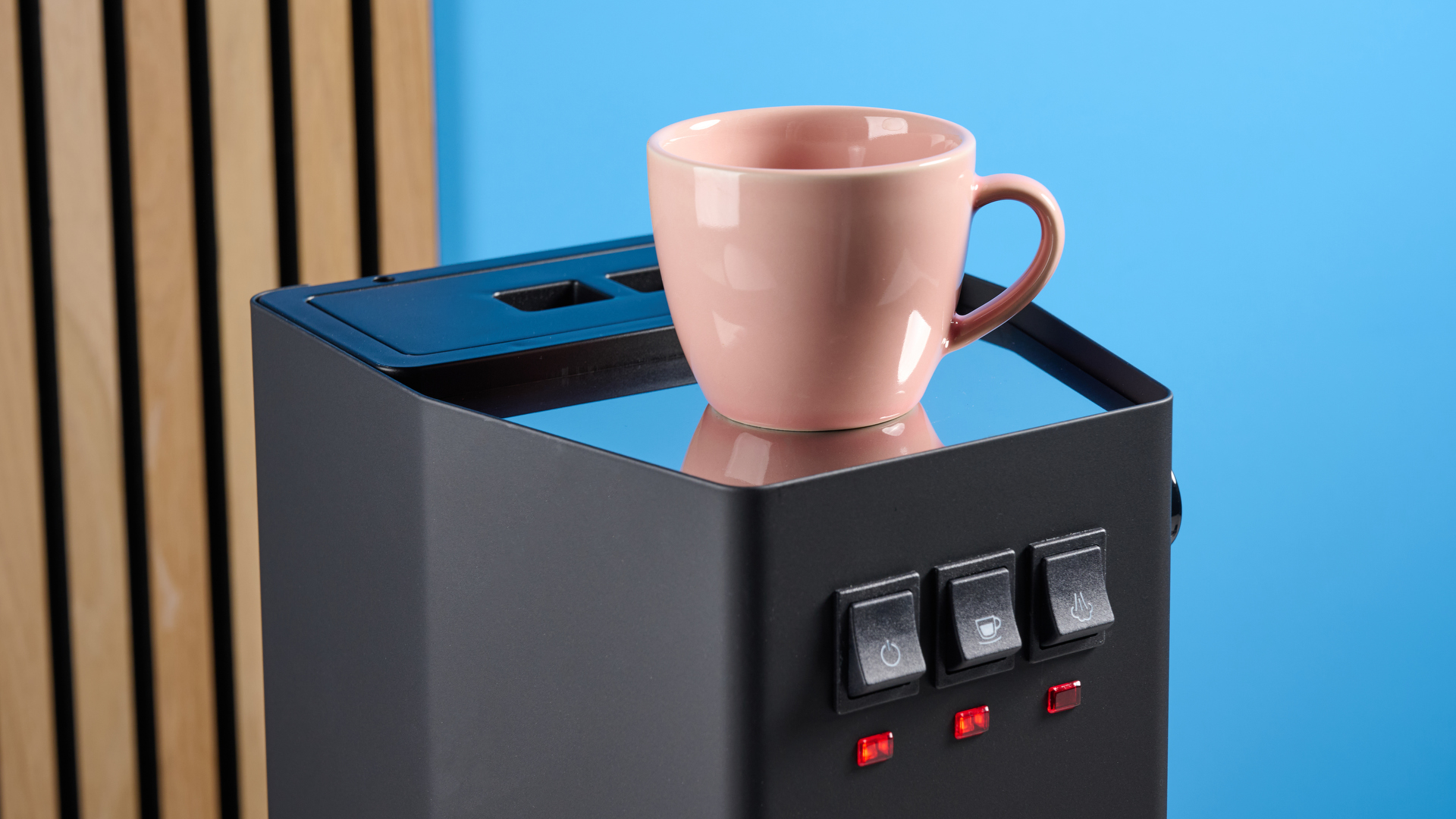
Let’s start with the obvious. I’m not sure I’ve seen anything that looks quite so ostentatiously Italian as the Gaggia Classic. If it started gesticulating at me the next time I went down to the kitchen, or boasting about its Nonna’s pasta, I’d only be surprised it hadn’t done so sooner.
Get instant access to breaking news, the hottest reviews, great deals and helpful tips.
It looks beautiful, though, and it’s built equally as exquisitely, with an encouraging amount of metal used in its exterior construction. Some elements feel a little flimsy, including the steam wand and purge pipe, but in general it’s understandable that these machines have earned a reputation for longevity.
It isn’t just on the surface, either. Unlike Breville machines which use a hefty amount of plastic inside and can be tricky to open, the Gaggia Classic is famous for its strong internals, which can be accessed, repaired, replaced and modified with ease.
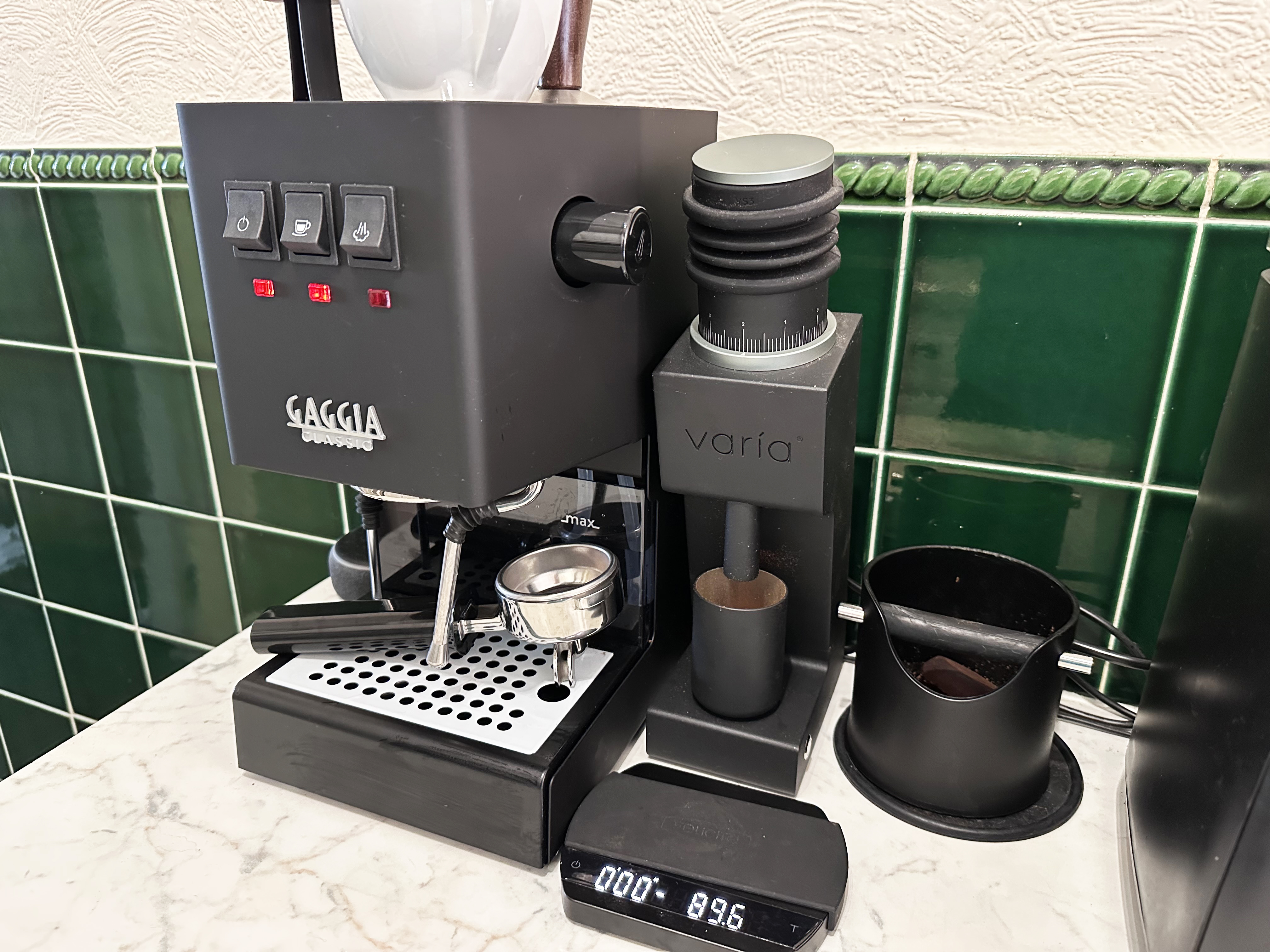
My favorite thing about the Classic is its compact design. At 9 x 15 x 9.5 inches, it fits easily into my tiny galley kitchen, and perfectly complements my narrow Varia VS3 grinder.
Boiler
The Gaggia Classic is a single-boiler machine, just like the Rancilio Silvia V6. This means it uses the same boiler for espresso as it does for steam, so you can’t do both at the same time. The same is true of thermoblock machines in this price range, like the Breville Bambino Plus.
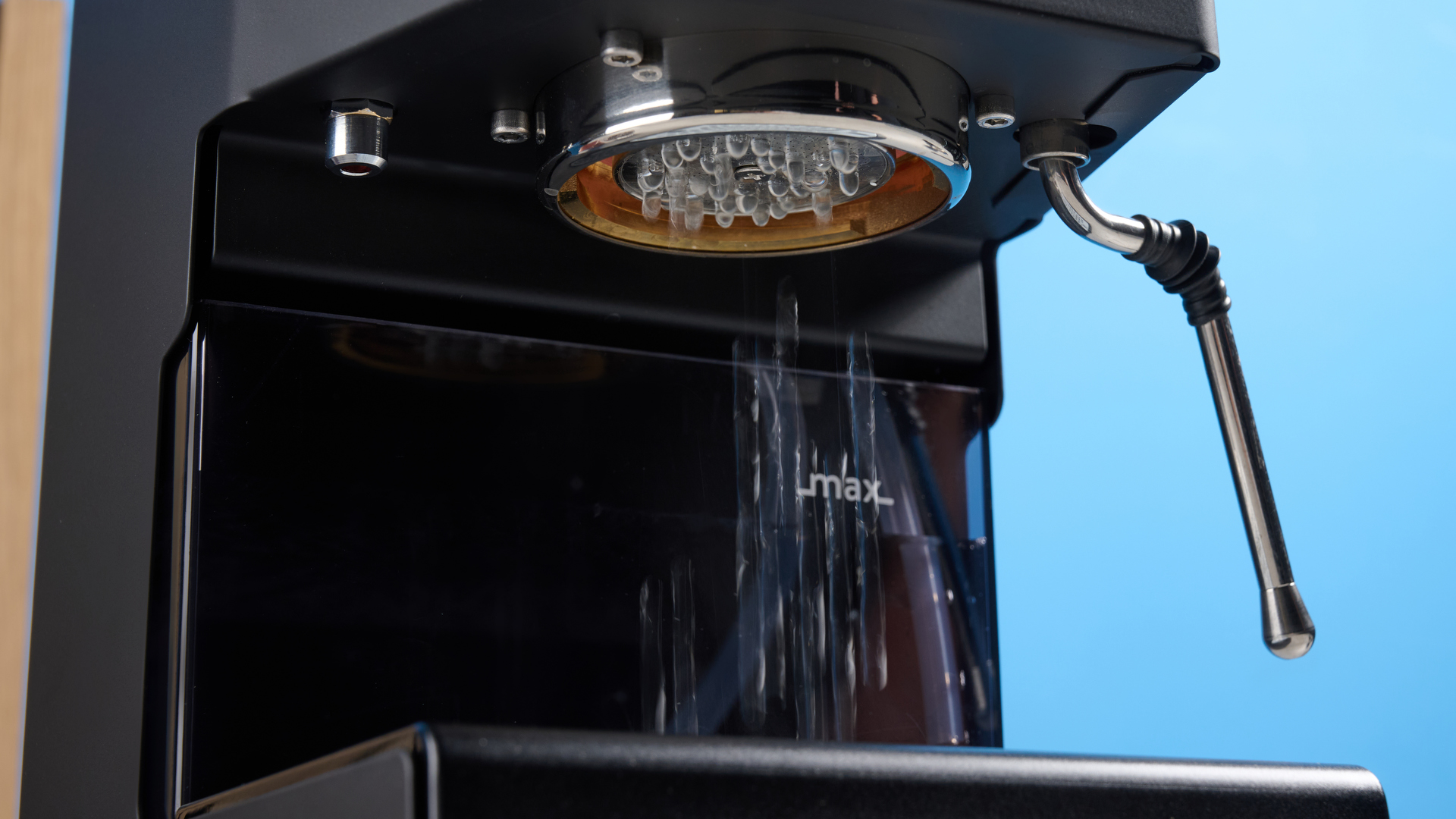
Unlike the single-boiler Rancilio, the Gaggia is extremely quick to heat up, despite its enlarged boiler. Turn it on and within a couple of minutes it’ll be ready to go. I played Jolene by Dolly Parton as I warmed up the machine, and it was ready to go before the song hit two minutes.
I’ve had no issues making drinks quickly at 6am before leaving the house for my commute. Thermoblocks like the Bambino are also very quick to heat up (we’re talking literally a few seconds).
With its lone boiler, the Gaggia is intended for single-drink users — there’s some downtime between making back-to-back drinks as the boiler has to recuperate. It’s not an issue, just something to note.

If you’re making drinks for multiple people regularly and/or you want to pour and steam at the same time, you’ll need a multi-boiler or multi-heater machine (some use multiple boilers or thermoblocks, or a combination).
Multi-heater machines use independent heating systems for water and steam, and have much quicker temperature recovery times. They demand a hefty premium for those privileges, though, demonstrated by machines like the Diletta Mio ($1,349) and Smeg EMC02 ($1,800).
Multi-boiler machines are also bigger and heavier, generally speaking, so if you’re short on space then a single-boiler/-thermoblock unit is the way to go.
Tank & drip tray
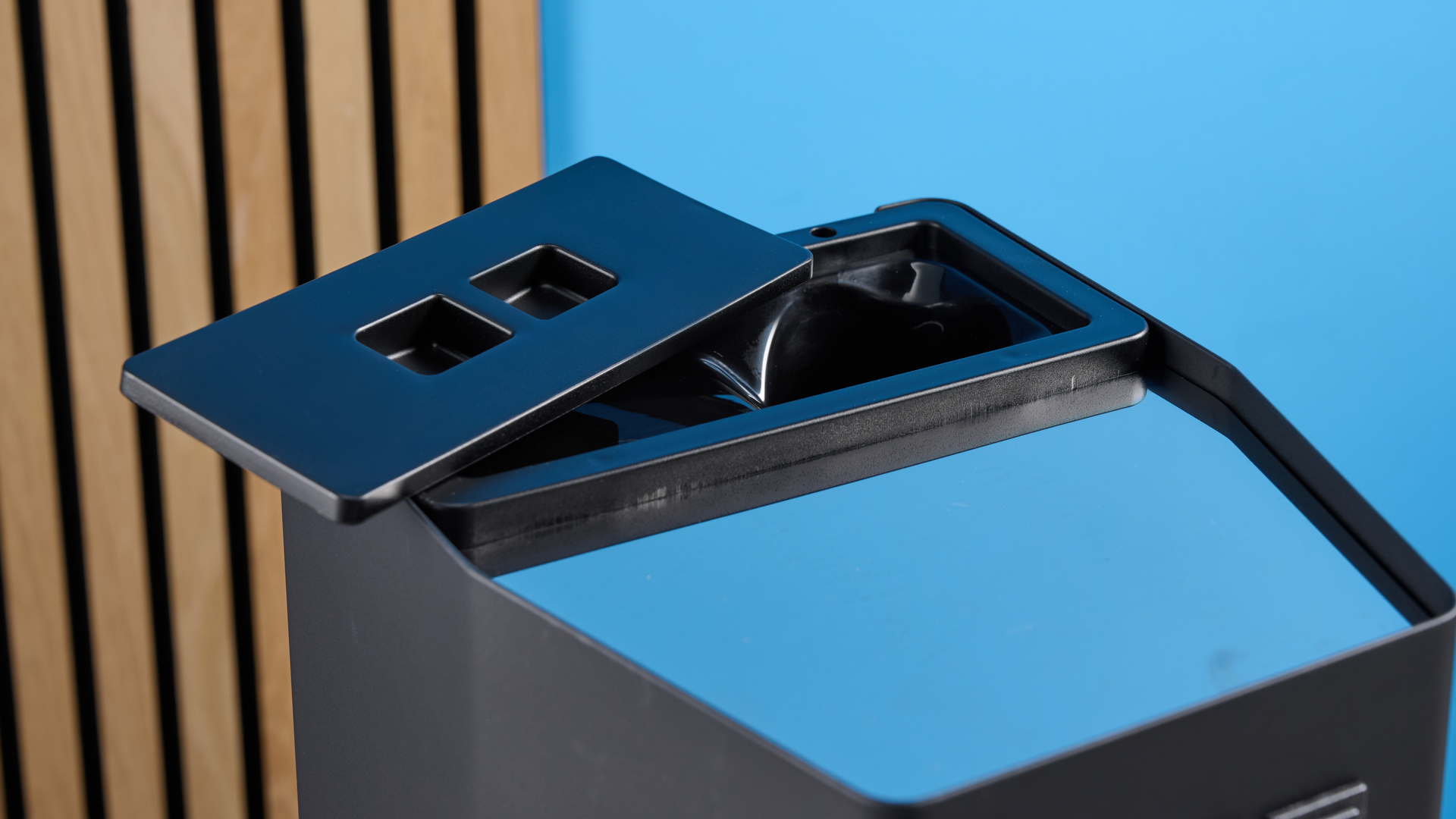
The Gaggia Classic features a 1.8 quart / 2.1 liter water tank, which is surprisingly spacious. It’s bigger than the tank in the Breville Bambino Plus and even tops the Breville Duo Temp Pro and Rancilio Silvia, which both have larger footprints than the Gaggia.
The tank sits under/behind the group and behind the drip tray, which needs to be removed to get the tank out. Thankfully you can refill the tank with a jug via the removable panel at the top of the machine, behind the cup warmer. So useful!

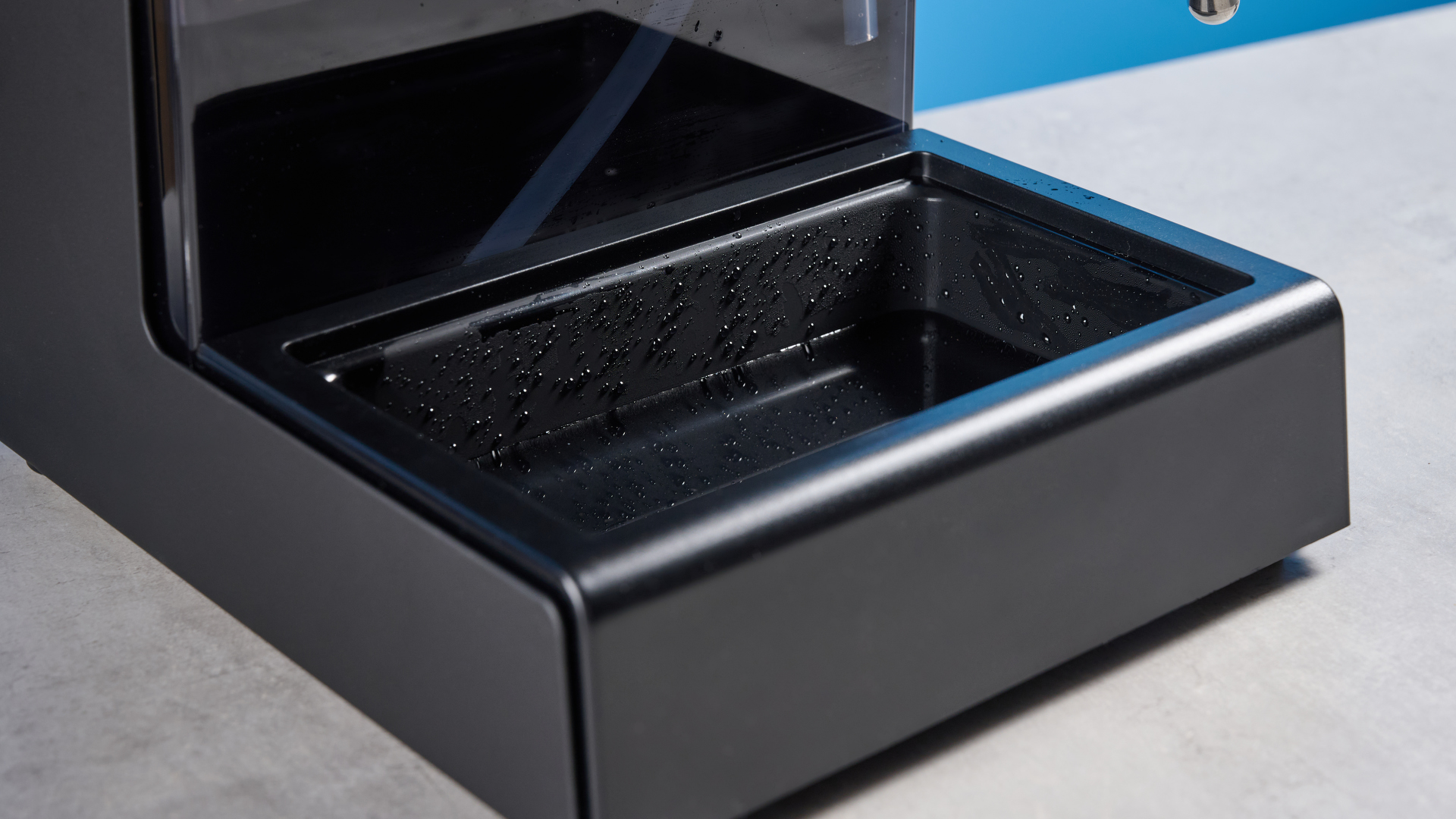
The drip tray is fairly spacious, too — more so than the Bambino Plus’ tray. It’s nowhere near as fiddly as the Rancilio Silvia’s tray either, which needs to be tilted for removal, causing spills. The downside of the Gaggia’s small dimensions is that to achieve the spacious drip tray, Gaggia has had to make it high.
I’ve found it difficult (although just about possible) to fit my Felicita Arc scale and a narrow espresso glass underneath the portafilter. Although with wider glasses/cups it's been no issue.
Accessories
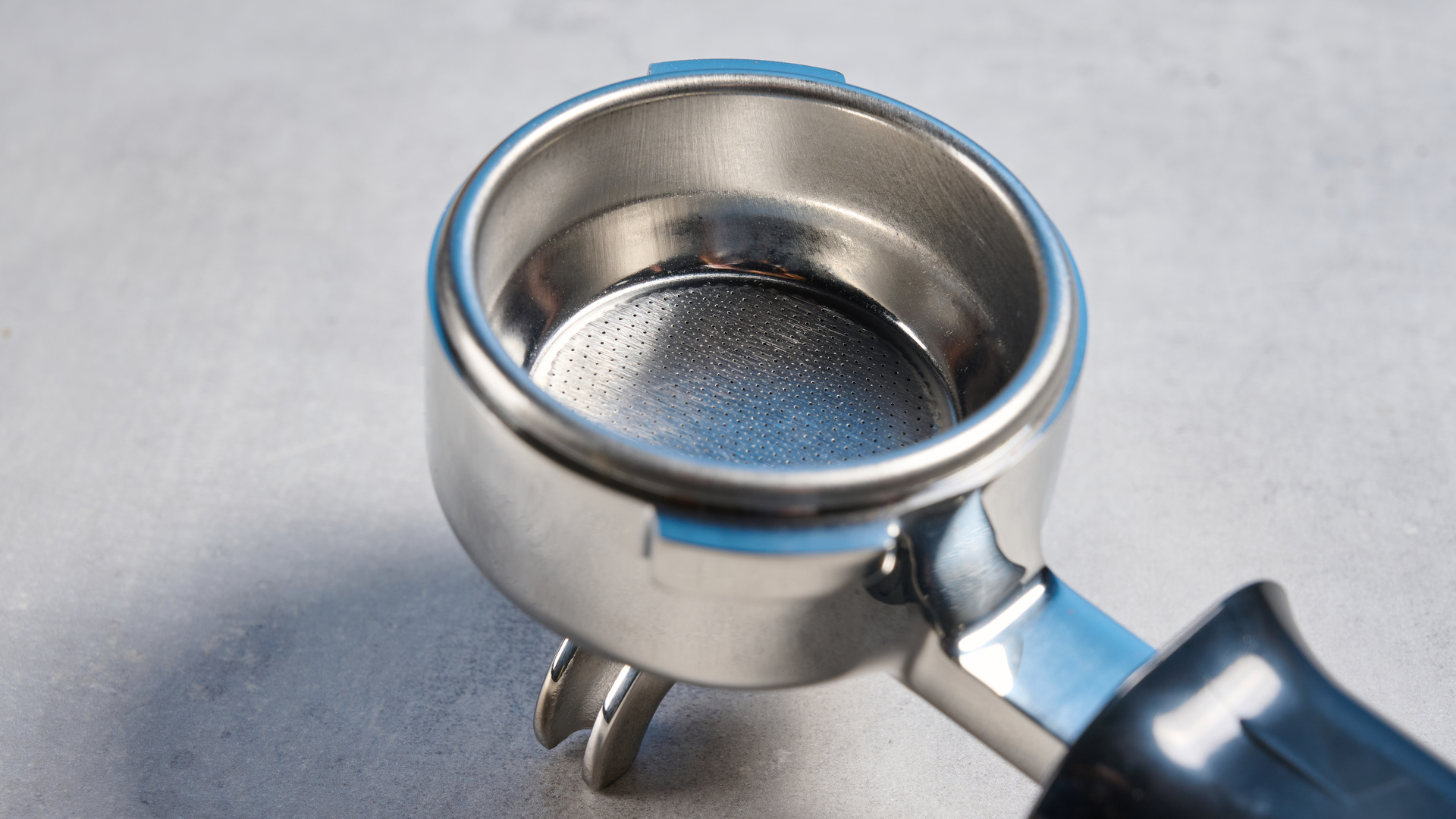
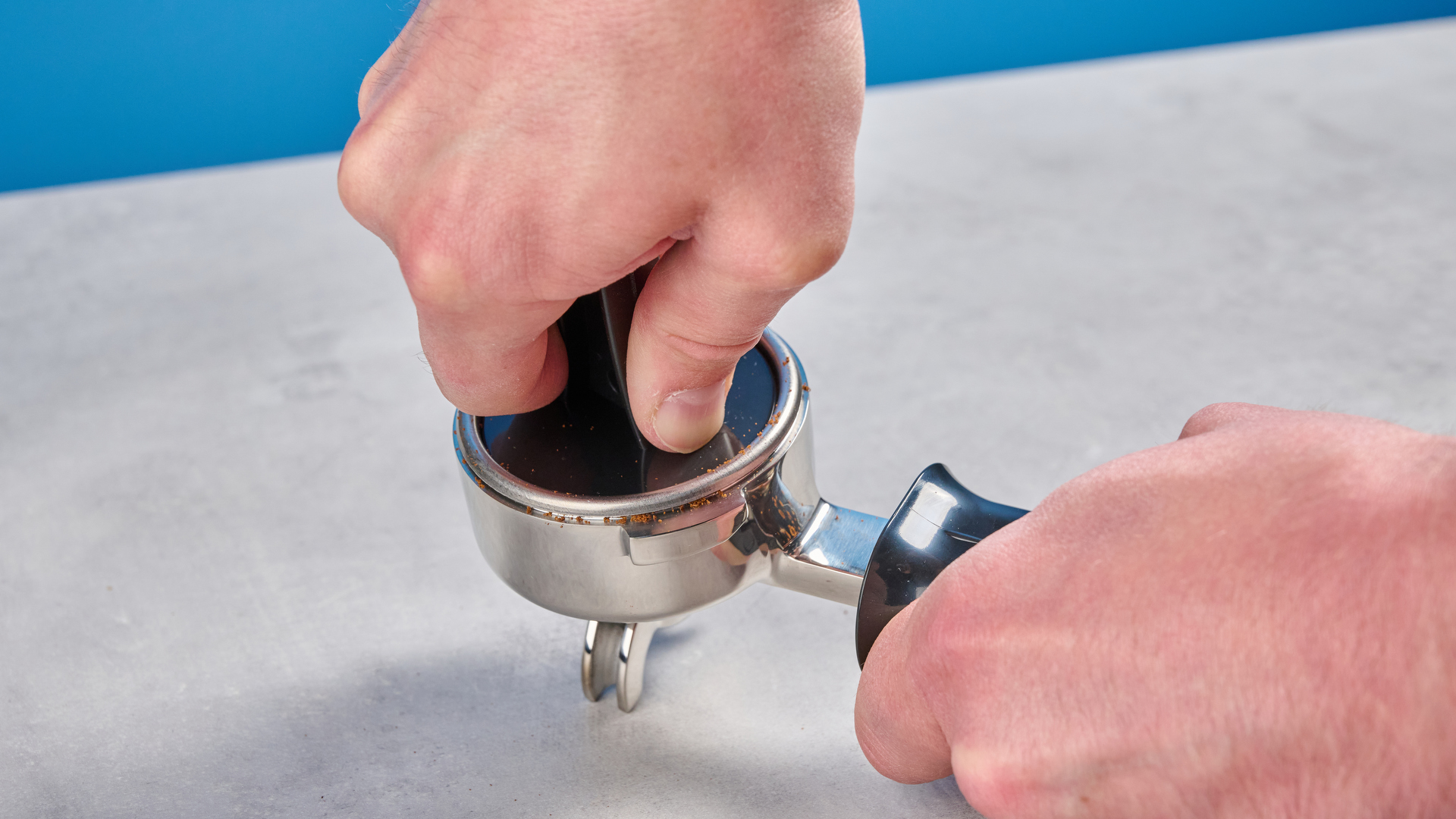
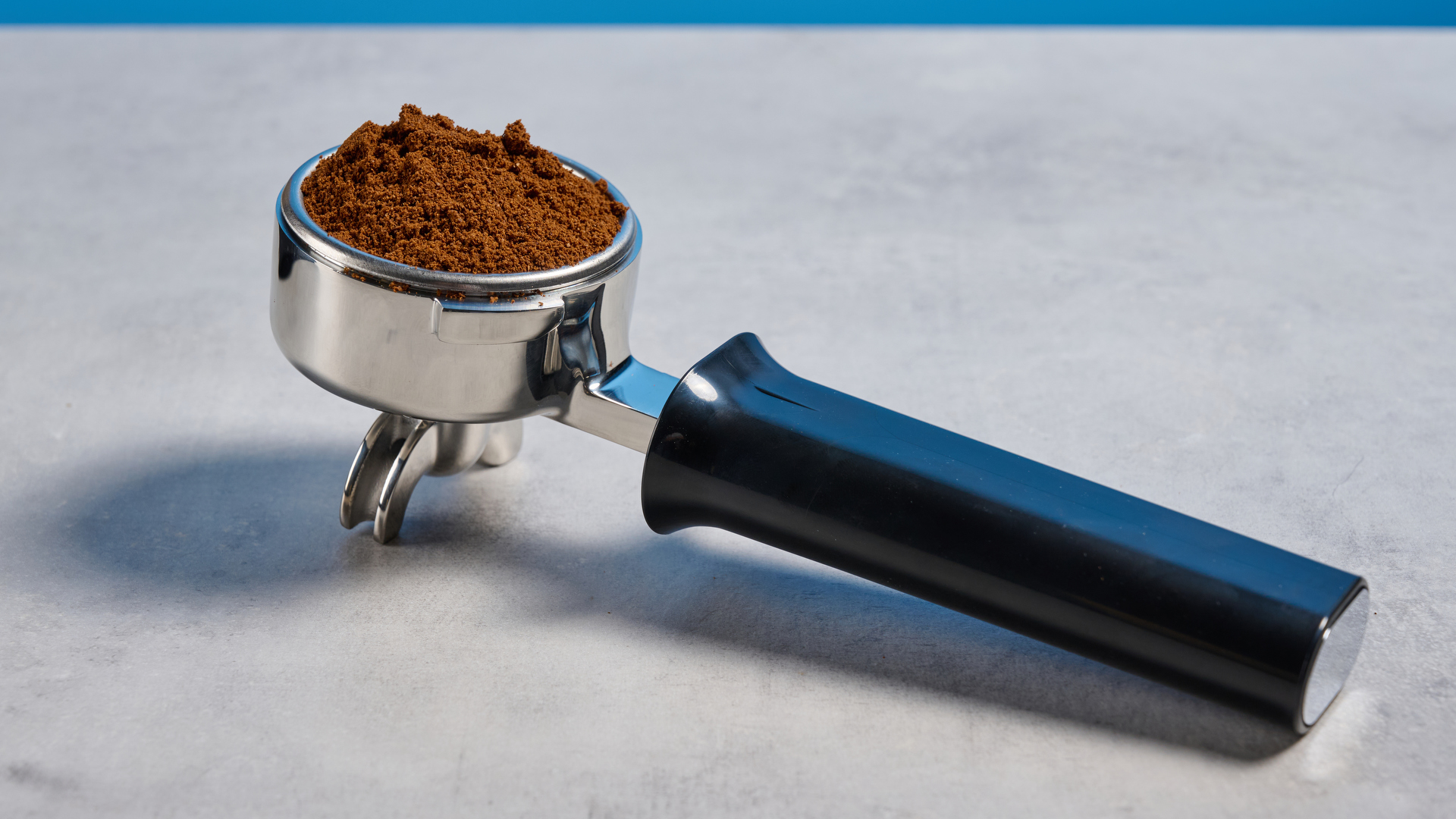
The Gaggia Classic uses a 58mm portafilter, the commercial standard, so you’ll have no shortage of aftermarket parts to choose from. That’s doubly true given the longevity of these machines and the huge community that runs, modifies and cult worships them.
The ‘availability of aftermarket accessories’ point is usually a side note when I review espresso machines; a bonus feature so to speak. But it’s more important on the Classic than ever before — see, this machine comes with virtually nothing in the way of accessories.
There’s a crappy and legitimately painful-to-use plastic tamp, two single-walled baskets, a pressurized basket, a useless scoop (you ought to be using one of the best coffee scales) and, well, that’s it. No elegant heavy tamp as on the Rancilio Silvia and Breville Bambino Plus. No backflush puck. No cleaning tools. No milk jug. Nothing.
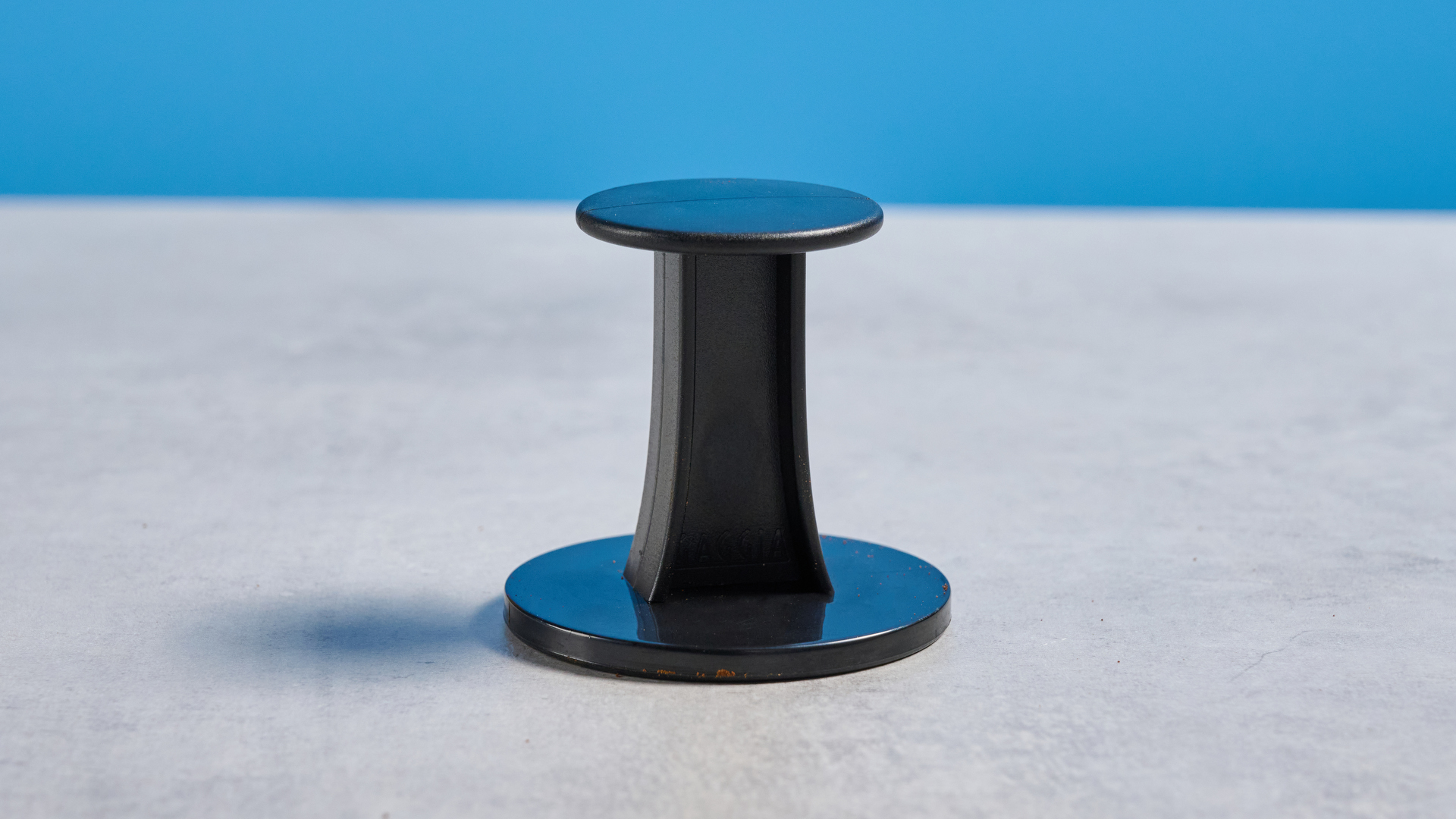
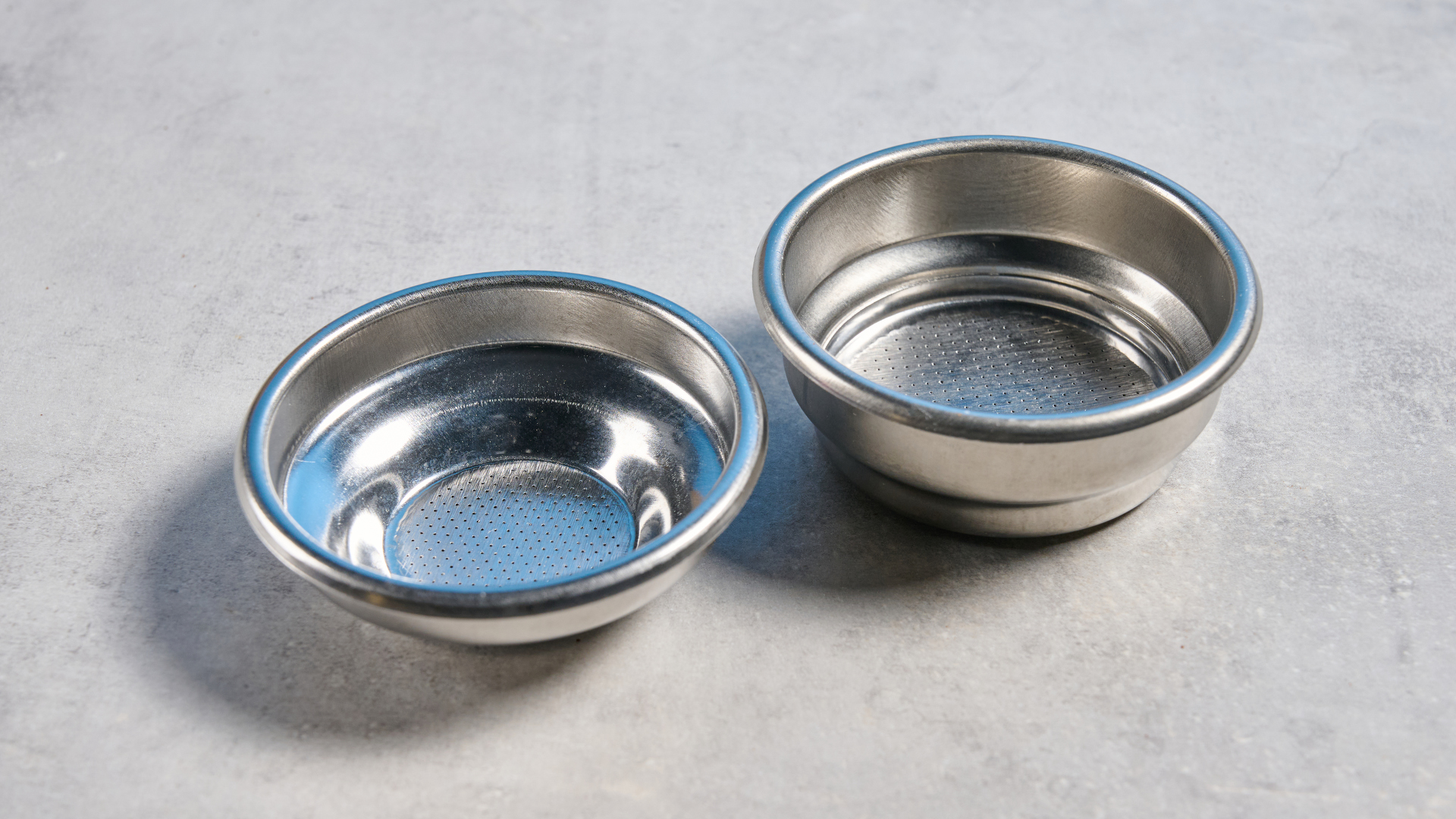

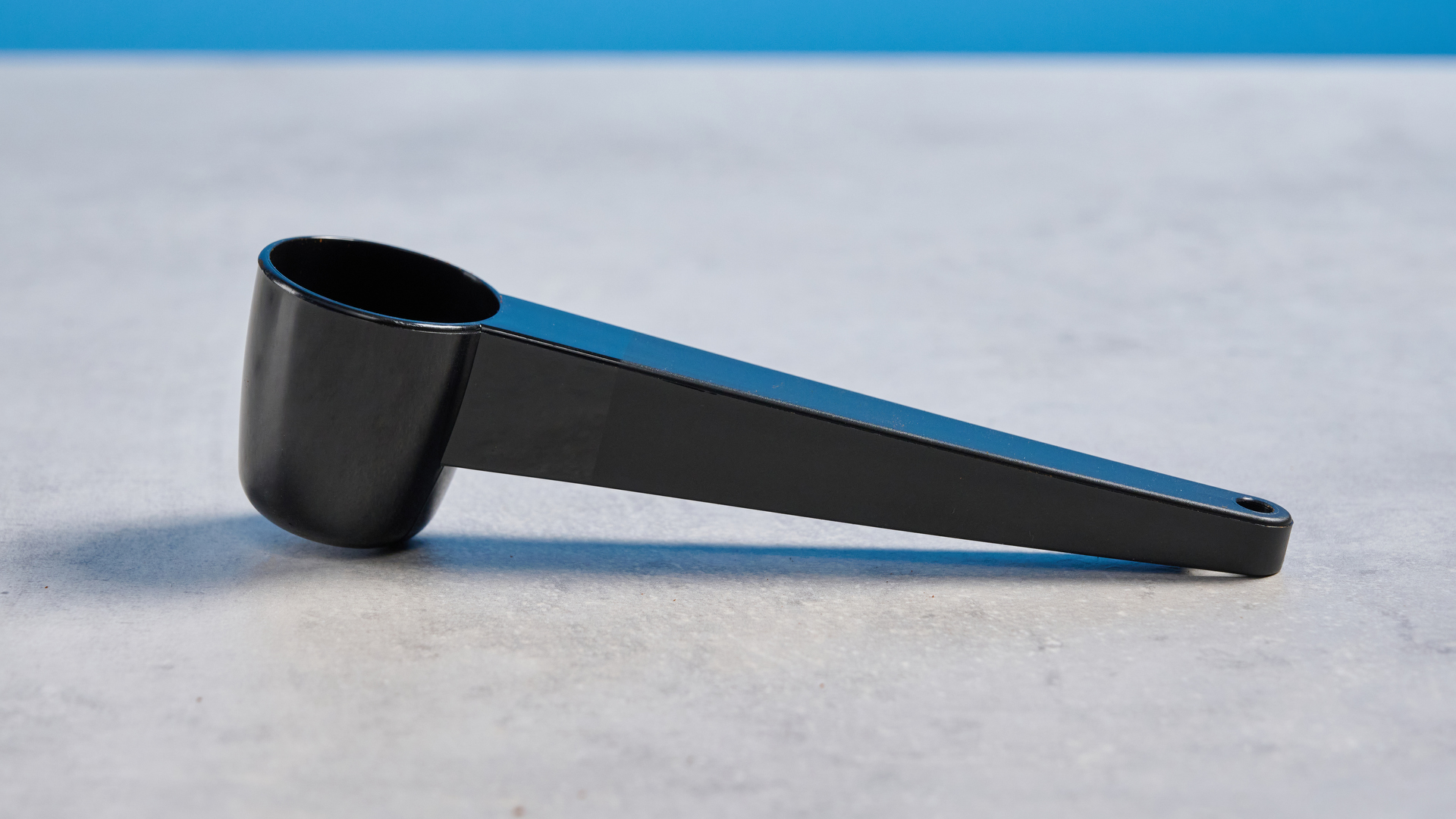
I’ve tested and owned enough coffee gear that I have tamps and cleaning tools lying around. But many won’t have that privilege, and will have to spend more money for a basic setup.
Gaggia apologists ought to stop overlooking issues like this just because the machine is reliable and makes nice espresso. For $500 this is totally unacceptable, but Gaggia clearly thinks it can get away with it.
Gaggia Classic E24 Evo Pro review: Espresso
Onto the good stuff. The Gaggia Classic E24 Evo Pro makes delectable espresso. It pulls at 9-bar and, with the new brass boiler and group, temperature stability is better than ever.
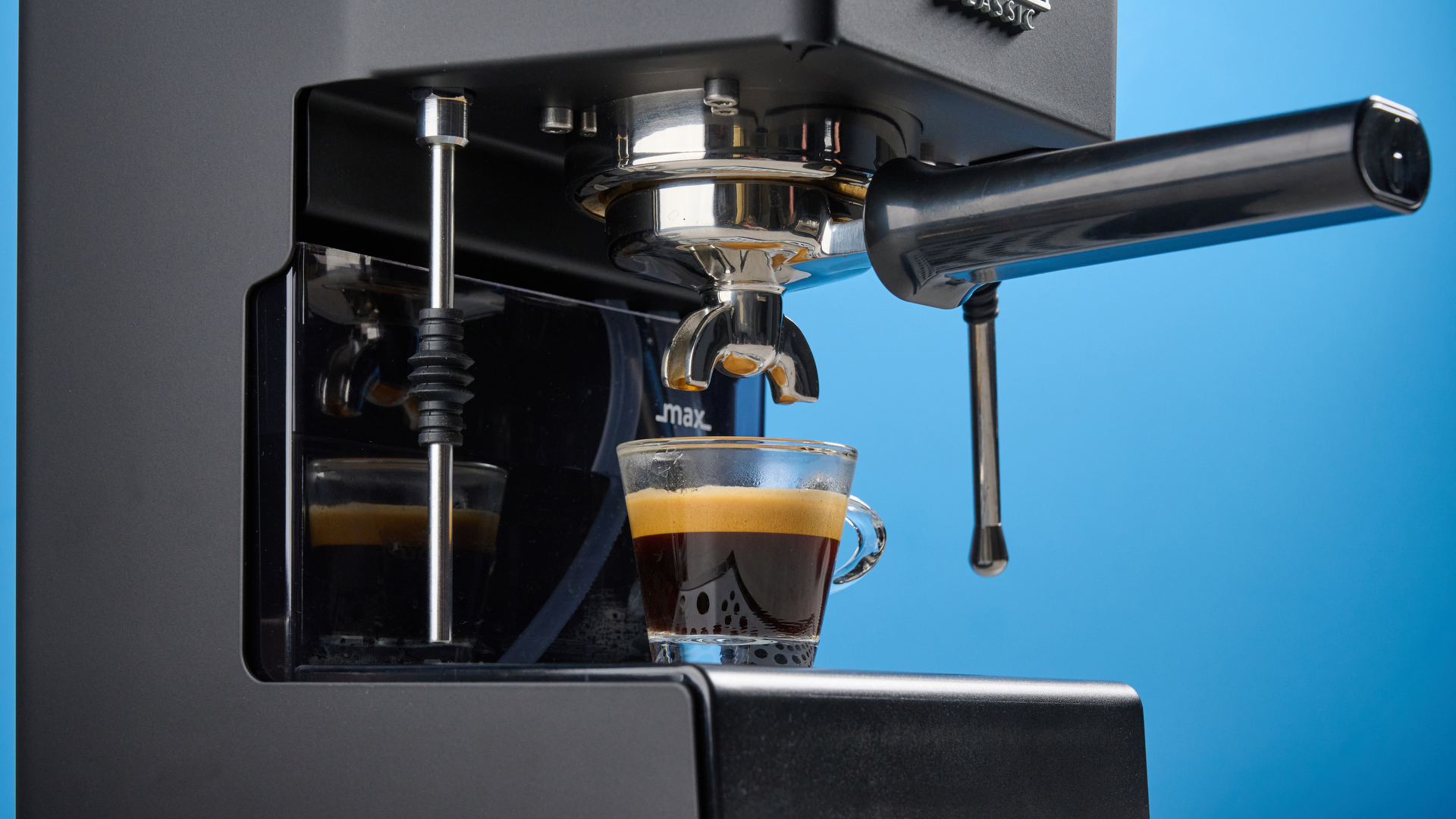
It isn’t perfect and can be fiddly to get to and keep at temperature. At first I struggled with shot-to-shot consistency and some awful results. As such, I’ve still needed to temperature surf the machine a little to get reliable results.
Temperature surfing is the process of letting a machine heat up, pressing specific buttons/turning knobs to do so until a machine is in the perfect temperature range for a shot. On the E24 this routine has consisted of around 1-2 minutes of fiddling, versus up to an hour of surfing on the Rancilio Silvia V6.
Oh, and you can forget about steaming milk first, as despite the temperature light indicating you’re OK to pull an espresso shot after steaming, you most certainly aren’t — it’ll just produce a thin, under-extracted mess every time.
Once I had my mini surfing regime down, though, the results were (and are) fantastic. Thick, complex espresso with plenty of body and crema. I tested the Gaggia with a range of beans, including light-medium, medium and dark roasts, using washed, wet-hulled, honey-processed and natural processing. The E24 did justice to the lot.
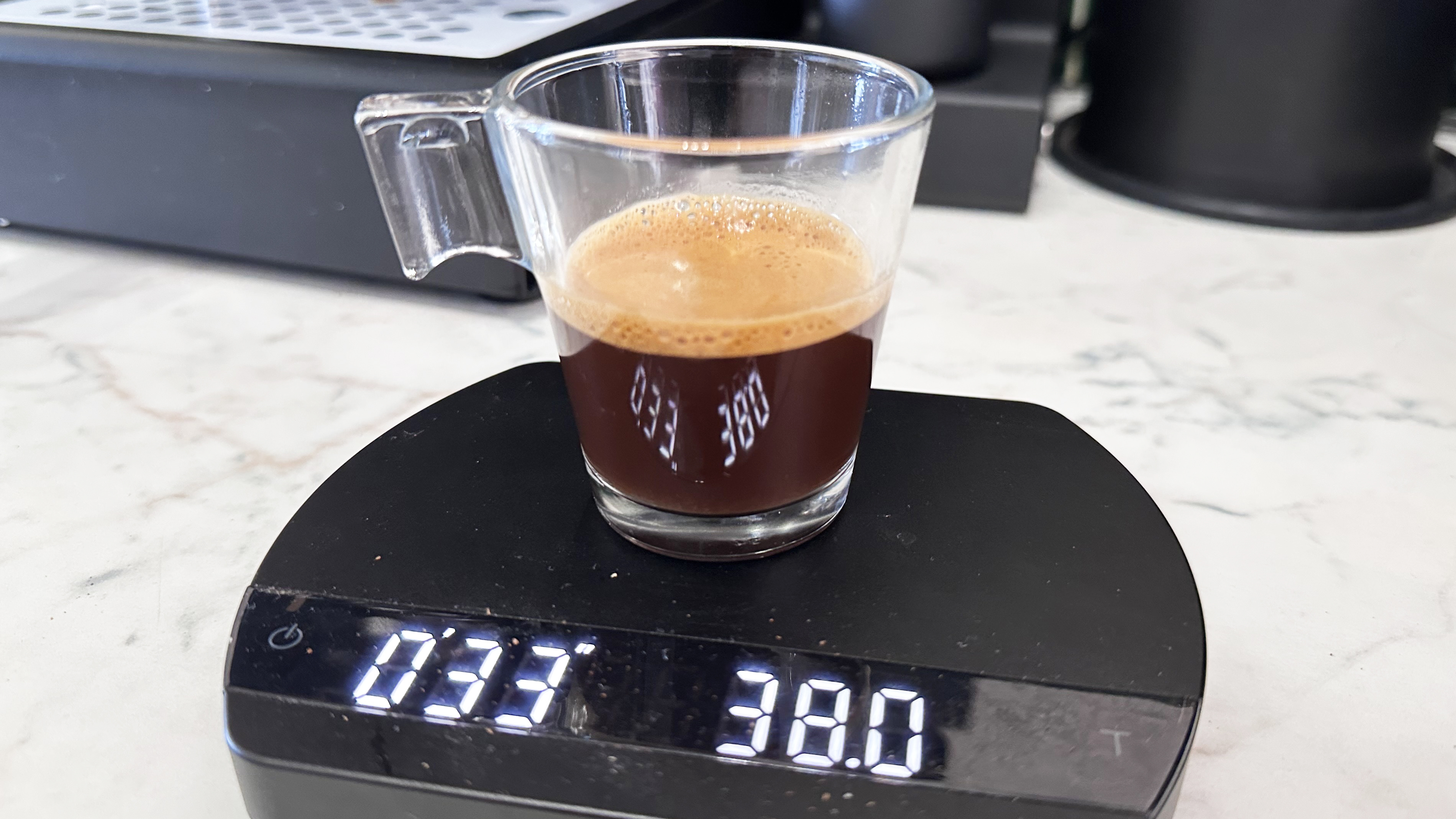
Of note is that the E24 uses a triple-solenoid in the group, which ensures pucks are compressed and firm, making for easy knocking-out.
The Classic comes with a dual-wall pressurized portafilter for using coarse store-bought pre-ground beans. I didn’t use this and neither should you. If you’re spending $500 on an espresso machine, you’re wasting your money without also investing in one of the best coffee grinders and fresh beans.
Gaggia Classic E24 Evo Pro review: Milk
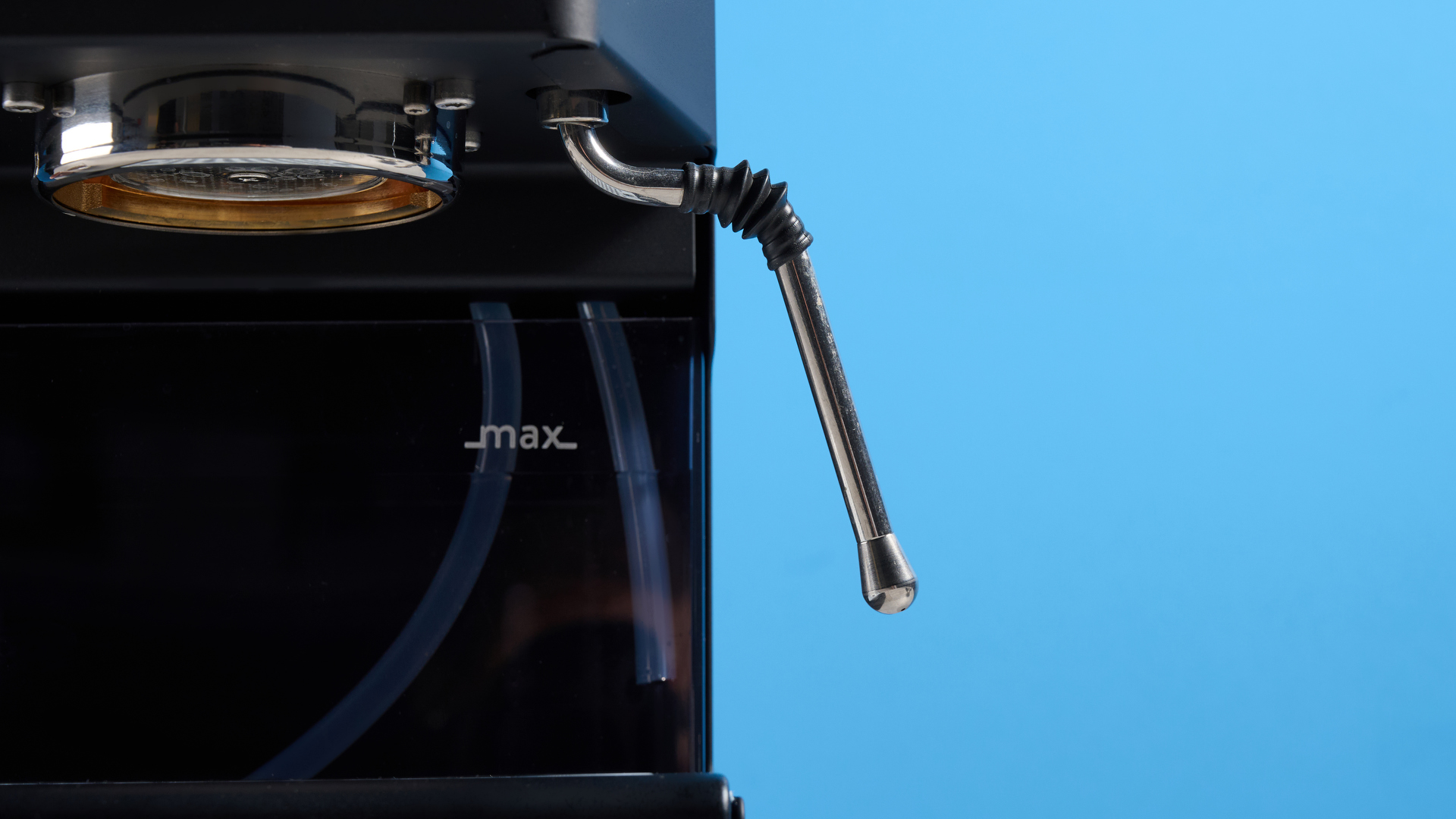
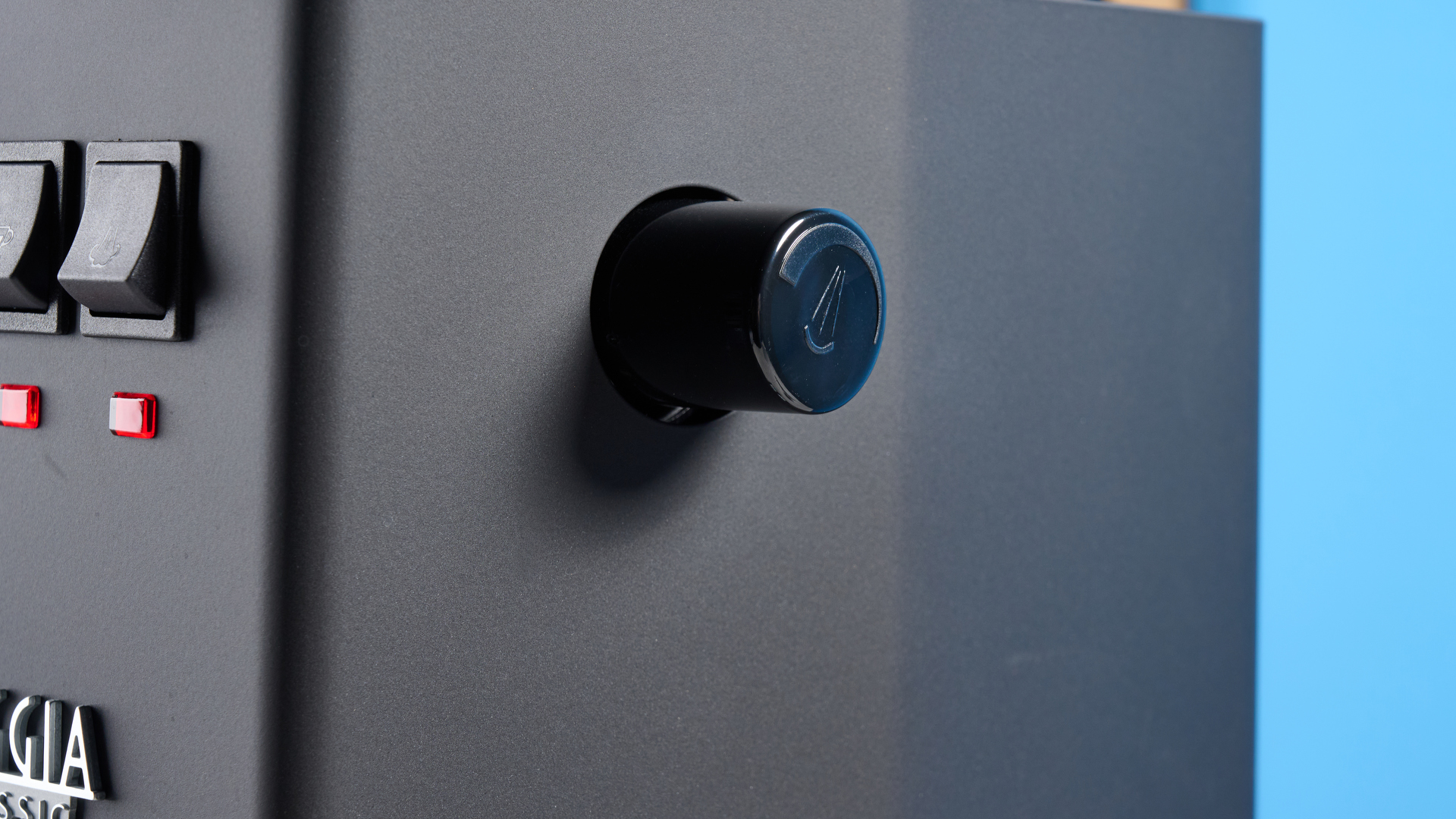
The E24’s steam wand surprised me with its power. With the steam control valve only half open, it still packs more than enough steam to texture milk for an eight ounce flat white in under 10 seconds. It’s very impressive.
As you can see in the images below, I was able to get velvety smooth milk for flat whites and small cappuccinos. I also tested the milk wand for smaller drinks, such as cortados and macchiatos, plus larger drinks including lattes and large cappuccinos. Mid-sized eight-ounce drinks are where the steam wand is at its best.


Larger drinks were more challenging. With fuller jugs of milk, the boiler tends to run out of steam before the milk is properly textured, so I wouldn’t recommend this machine for people that like very milky lattes.
Remember, to Italians coffee only comes two ways: espresso and cappuccino. ‘Why,’ thought Gaggia (but in Italian, of course), ‘would anyone possibly need to steam a large jug of milk?’ Unfortunately, Gaggia, the wider markets you sell in are raised on extra-large, triple-shot mocha lattes.
The single boiler design necessitates a wait between pouring espresso and steaming milk, as the boiler heats back up for steam. This takes about 30 seconds, but if you’ve pulled a good espresso shot that wait shouldn’t be an issue. It’s much better to pour espresso first, as I covered earlier.
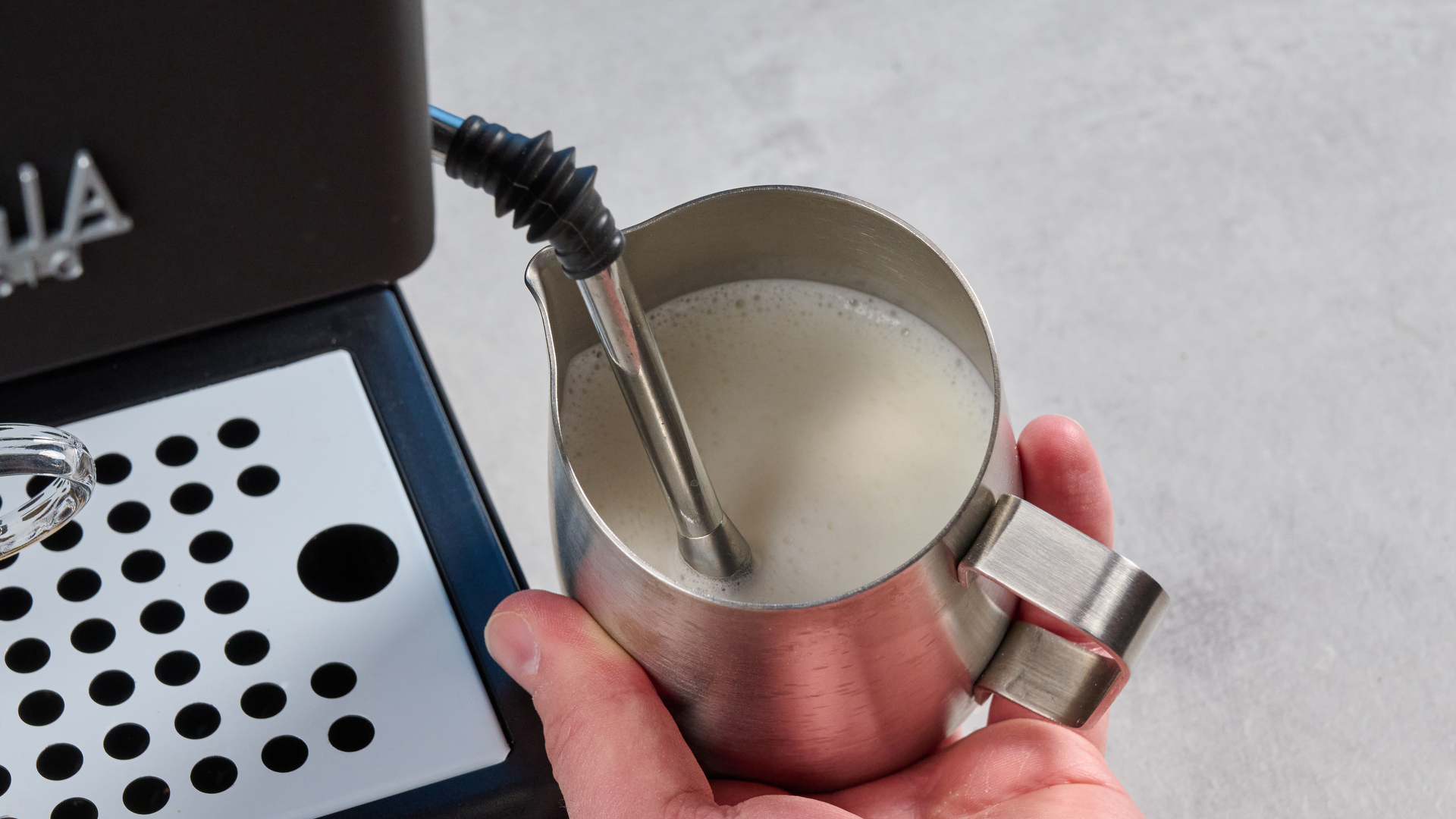
The wait, however, combined with the steam running out mid-jug, mean the Gaggia is far from ideal for making more than one milk drink in succession. At least if you want those drinks served at the same time.
Gaggia Classic E24 Evo Pro review: Storage & maintenance
Surprisingly, given it hails from the same country that birthed Lancia, Maserati and Alfa Romeo, the Gaggia Classic has a reputation for reliability. And a stellar one at that. These machines are easy to open up, work on, service and modify, with a dedicated community behind them and plenty of resources from said community to help you keep your Classic running.
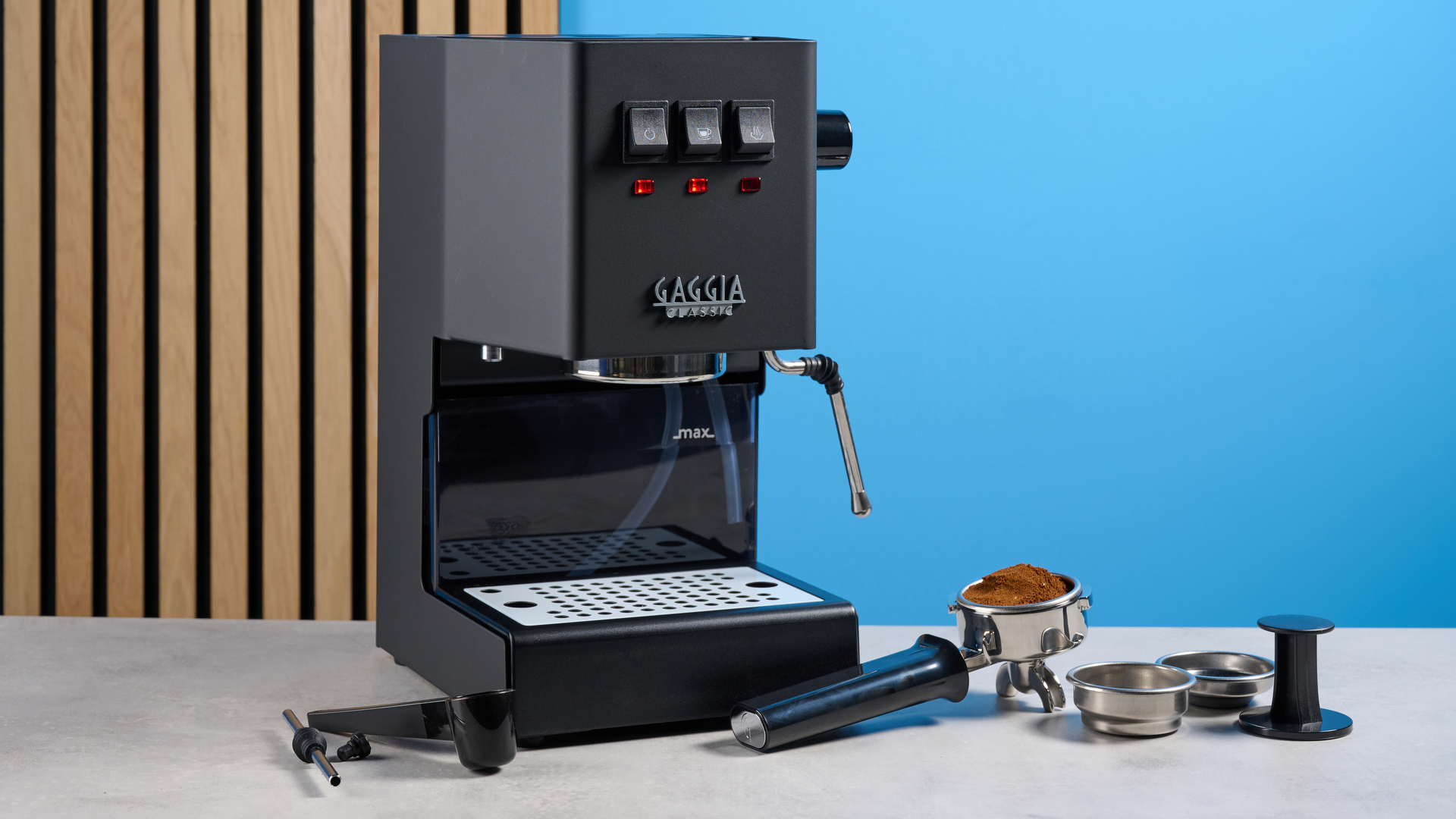
I’ve seen reports of these machines lasting up to 15 years. And many users add the features missing from Gaggia — namely a PID controller.
The Classic obviously needs to be stored on a countertop, but as I mentioned earlier it’s fairly compact as espresso machines go. It’ll suit small coffee stations, although if you’re truly space-deprived the tiny Bambino Plus is your best option.
Maintenance is as per any coffee machine. Wipe down and purge the steam wand, then rinse and scrub the group after use, with deeper cleans and flushes every month or so. There’s no water filter, so you’ll want to descale regularly depending on water hardness in your area.
Annoyingly, Gaggia supplies no backflush puck or cleaning implements, so you’ll need to purchase these separately. Thankfully they aren’t pricey. You can pick up a cheap cleaning kit for under $10 at Amazon. A tamp will only set you back around $15 at Amazon, while a milk jug will set you back around $12 at Amazon. But the affordability of these items again begs the question: why weren’t they included in the first place?
Gaggia Classic E24 Evo Pro review: Verdict
Who are you? Are you the type of espresso enthusiast who wants as much bang for buck as possible, with everything you need out of the box? Do you care very little about having a boiler over a thermoblock? Buy the Breville Bambino Plus.
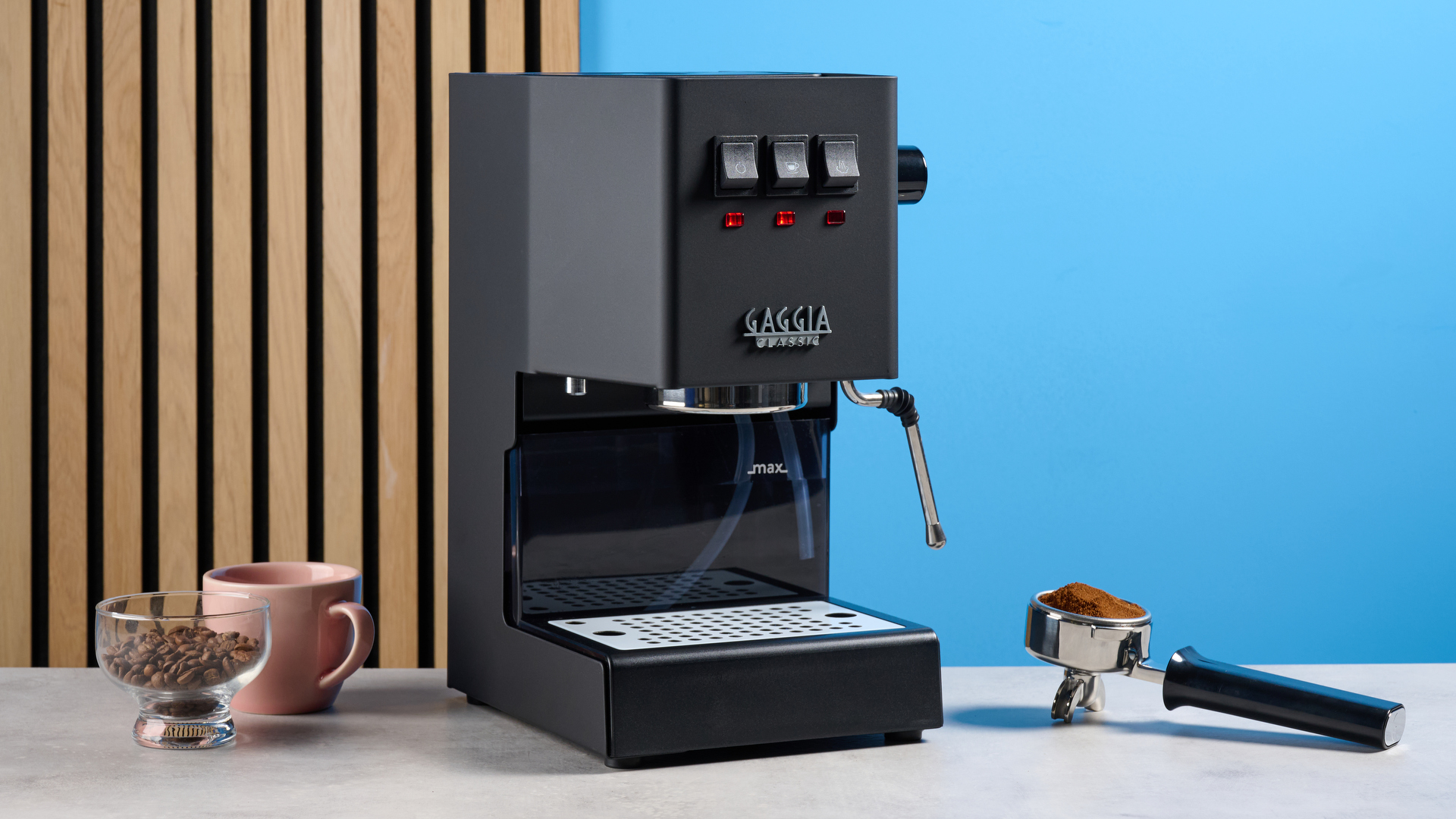
Are you the type of enthusiast who wants the experience of using a boiler-fed machine and doesn’t mind putting in a bit more time and money to get results? The Gaggia Classic E24 Evo Pro could be a great choice. It’s a lovely machine to use, making great espresso with a decent steam wand for milk drinks. It’ll last you aeons and you can easily modify the thing to obtain what’s missing.
Not much is in fact missing, to be fair. The new brass boiler and group have improved temperature stability over older models and a complex surfing process really isn’t needed. But those new to espresso may still find the Classic has a steep learning curve to master.
Be aware, too (and this is the main thing preventing the Gaggia from scoring higher), that you’ll need to invest extra money into a tamp and cleaning accessories. Because, well, apparently Gaggia is mean.
As an espresso enthusiast for over 10 years now, though, I love using the Gaggia Classic. You can undoubtedly find more for your money elsewhere, so I don’t think this is the ideal espresso machine for casual espresso fans. However, if you’re prepared for some extra investment of time and money, the E24 is a wonderful machine for purists.

Peter is a Senior Editor at Tom's Guide, heading up the site's Reviews team and Cameras section. As a writer, he covers topics including tech, photography, gaming, hardware, motoring and food & drink. Outside of work, he's an avid photographer, specialising in architectural and portrait photography. When he's not snapping away on his beloved Fujifilm camera, he can usually be found telling everyone about his greyhounds, riding his motorcycle, squeezing as many FPS as possible out of PC games, and perfecting his espresso shots.
You must confirm your public display name before commenting
Please logout and then login again, you will then be prompted to enter your display name.
